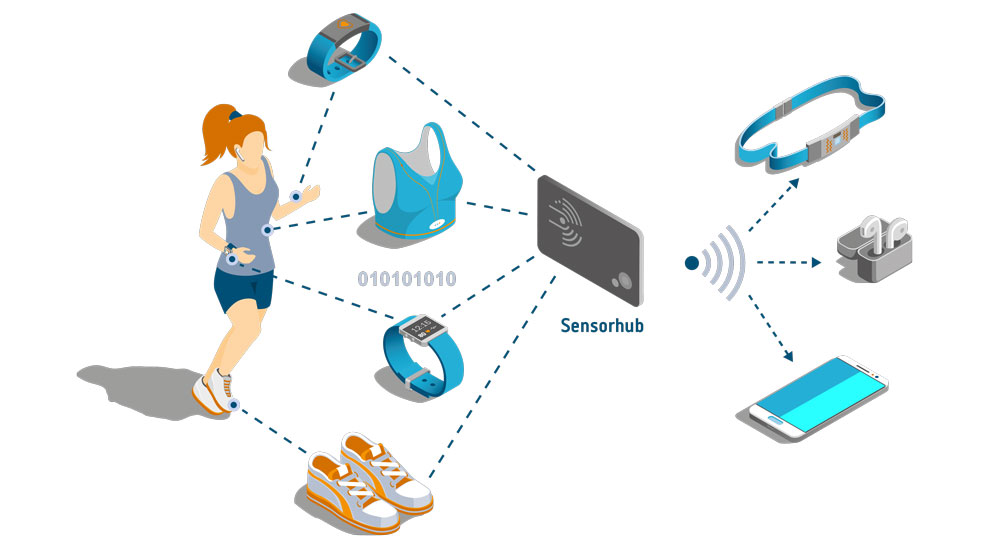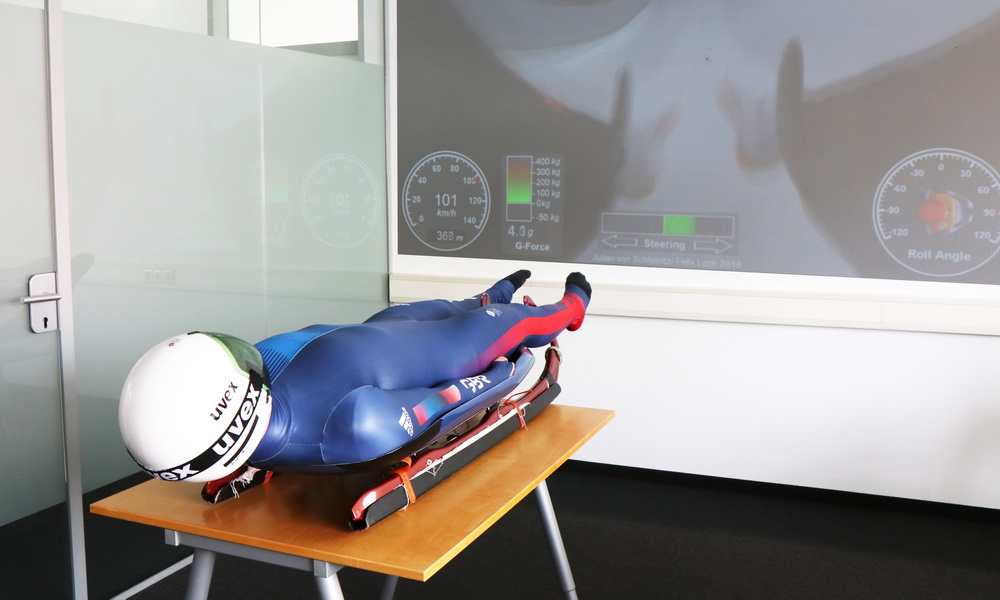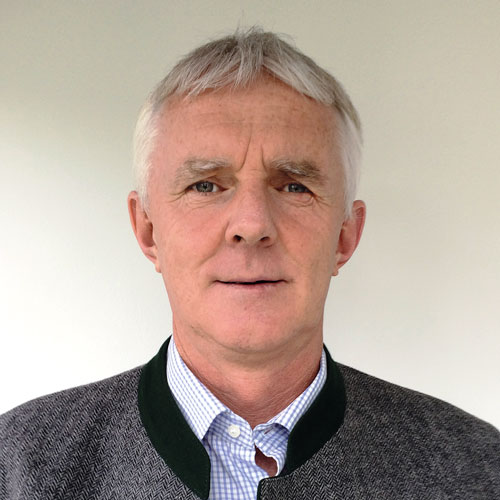Sport is about efficient execution of movement for encouragement.In order to support this digitally with the help of sensors, Salzburg Research and partners developed the “SensorHub”, a distributed sensor platform for setting up so-called Body Sensor Networks.
Challenge
Whether running, skiing or cycling – sport is about efficient execution of movement. This is how athletes achieve the greatest possible success in terms of both performance and fun. A digital recording and evaluation of movement data contributes more and more to efficient and therefore less risk of injury. Based on this data, hobby and professional athletes can improve their movement sequences and enjoy the sport even more in the future.
Solution
In order to be able to digitally evaluate the movements and emotions of athletes, the extensive use of sensors during sports is essential. The data from these sensors on the sports equipment or on the body must be transmitted in a synchronized manner. For this purpose, Salzburg Research, in cooperation with the University of Salzburg and the company Digital Elektronik, developed the “SensorHub”, a distributed sensor platform for setting up so-called Body Sensor Networks.
The aim of the SensorHub is an optimal interaction of different sensors and their data transmission. The integration of sensor hardware and algorithms is accelerated and the use of a wide variety of sensors for recording data close to the body is simplified. The hub’s generic interfaces allow rapid prototyping of sensors, algorithms and feedback modalities. This means that data is quickly recorded and passed on to connected devices such as a smartphone and can be accessed by the athlete.
Contribution from Salzburg Research
Salzburg Research has now developed the “SensorHub” as part of the COMET project “Digital Motion in Sports, Fitness and Well-being” in cooperation with the University of Salzburg and the company Digital Elektronik.
For wireless communication between the individual devices in the sensor network, a new way was chosen with the ESP-Now protocol. One device takes on the task of the central “SensorHub Central Unit”, which manages the network consisting of all sensors. It also takes care of the automatic time synchronization of the connected devices by regularly updating the time base of the devices in the network. This compensates for any possible drift. Up to nine other devices, so-called “SensorHub Units”, can then send their sensor data at the same time and with time synchronization.
An inertial sensor consisting of an accelerometer and gyroscope is integrated in each device. In addition, each device offers an I2C interface as well as a direct analog or digital interface for connecting external sensor hardware.
The collected measurement data are recorded on the device and transmitted to the central unit via the radio interface. The central unit forwards the data in real time and wirelessly via WLAN / TCP to connected devices such as laptops or smartphones. There is also the option of saving the data on the internal SD card and ejecting it later.
Salzburg Research has restructured the system and made it expandable. This means that external systems such as pressure sensors can now be integrated. In addition, the connection to new sensors was implemented.
Benefit
With the created basis – a network for the simple, prototypical integration of new sensors – the next step is to record different physiological parameters such as step or breathing frequency, through which the integration of different textile sensors – for example for pressure – should take place. In the future, the software is to be further optimized and the hardware is to be increasingly made smaller.
Website: www.digital-motion.at
Learn more:





















